In recent years, UV curing technology has become an essential part of various industries, including coatings, inks, adhesives, 3D printing, and electronics. As more manufacturers seek faster, cleaner, and more energy-efficient solutions, the choice between mercury lamp and LED curing systems has become a crucial consideration in UV material applications.
While both light sources serve the same core function—initiating photochemical reactions to cure UV formulations—their mechanisms and performance characteristics differ significantly. Understanding these differences can help you select the right curing technology for your production needs.
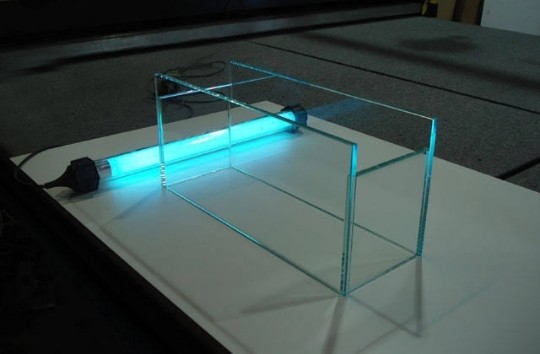
One of the key differences between mercury lamps and LED curing lies in their spectral output. Mercury lamps emit a broad spectrum of UV light, with multiple peaks across UVA, UVB, and UVC regions—typically around 254nm, 313nm, 365nm, and more. This wide spectrum allows mercury lamps to be compatible with a broad range of traditional photoinitiators.
In contrast, LED UV curing systems emit light in narrow, specific wavelengths—commonly at 365nm, 385nm, 395nm, or 405nm. This narrowband output can provide precise curing, but only when the formulation is specifically designed to match the LED's wavelength. Using a UV resin or coating not optimized for LED may result in incomplete curing, particularly in thick or pigmented layers.
LED curing is known for its fast start-up time, high efficiency, and low heat output, making it suitable for rapid surface curing and temperature-sensitive substrates. However, due to limited spectral range and lower penetration in some cases, LED curing may struggle to fully cure deep or highly pigmented layers unless the formulation is properly engineered.
Mercury lamps, on the other hand, have deeper curing capabilities due to their broad-spectrum output. This makes them more reliable in applications requiring through-cure performance, such as thicker coatings or UV-cured composites.
Energy efficiency is another area where LED systems have a clear advantage. LED curing consumes significantly less power and generates less heat, which can translate into lower operational costs and reduced cooling requirements. Moreover, LEDs offer longer service life—often exceeding 10,000 hours—while mercury lamps typically need replacement after 1,000 to 2,000 hours of use.
In addition to lower energy use, LED systems can be turned on and off instantly without warm-up or cooldown cycles. Mercury lamps require a warm-up period and can degrade over time, which affects curing consistency.
Mercury-based systems contain elemental mercury, a hazardous substance increasingly restricted under environmental regulations such as the Minamata Convention. Disposal and handling of mercury lamps require careful compliance with waste management laws, especially in regions like the EU and North America.
LED curing is mercury-free and more environmentally friendly by design. As regulatory pressure continues to grow globally, many manufacturers are transitioning to LED solutions to meet sustainability goals and avoid future compliance issues.
While the upfront cost of LED curing equipment can be higher than traditional mercury systems, the long-term savings in energy, maintenance, and replacement parts often offset the initial investment. For companies prioritizing long-term operational efficiency and environmental compliance, LED curing represents a future-proof choice.
However, mercury lamps remain cost-effective for short production runs or legacy systems where replacing the entire setup is not practical. They also provide a reliable solution for curing UV formulations not yet optimized for LED systems.
Choosing between mercury lamp and LED curing is not a one-size-fits-all decision. It depends on your specific application, formulation compatibility, production volume, energy requirements, and sustainability goals.
If you're working with traditional UV materials or require deep curing in thicker layers, mercury lamps may still offer the most reliable performance. But if you're looking to reduce energy consumption, lower your carbon footprint, and improve long-term production efficiency, LED curing—paired with compatible UV formulations—is increasingly the better solution.
As UV-curable materials continue to evolve, many manufacturers are offering resin systems tailored specifically for LED curing wavelengths. If you're unsure which direction to take, it’s a good idea to consult your raw material supplier or technical team early in the development process.
We offer a range of high-performance UV-curable resins, monomers, and photoinitiators designed to meet modern LED curing requirements. Feel free to get in touch for samples or technical consultation.
#UVCuring #UVResin #LEDCuring #MercuryLamp #UVTechnology #UVMaterials #LEDvsMercury #UVCoating #SustainableManufacturing #Photoinitiator

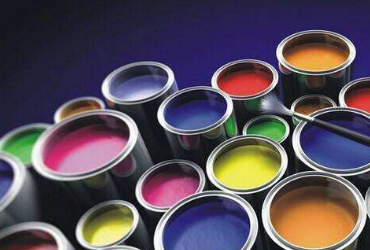
2022-08-03
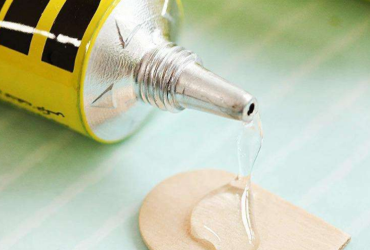
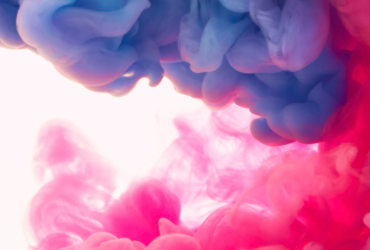
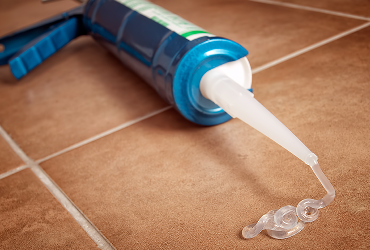
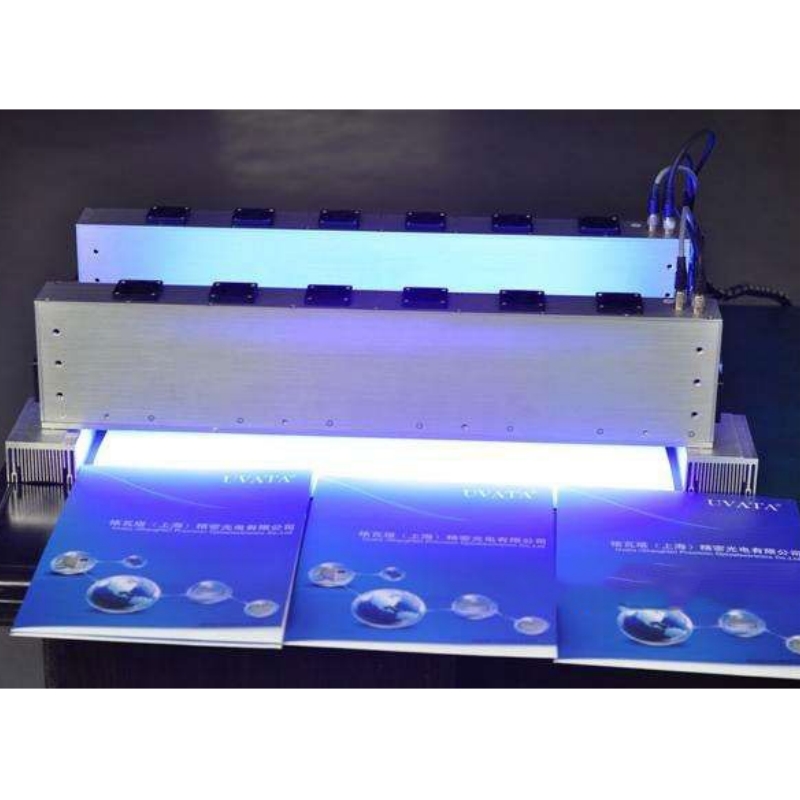
2025-01-06